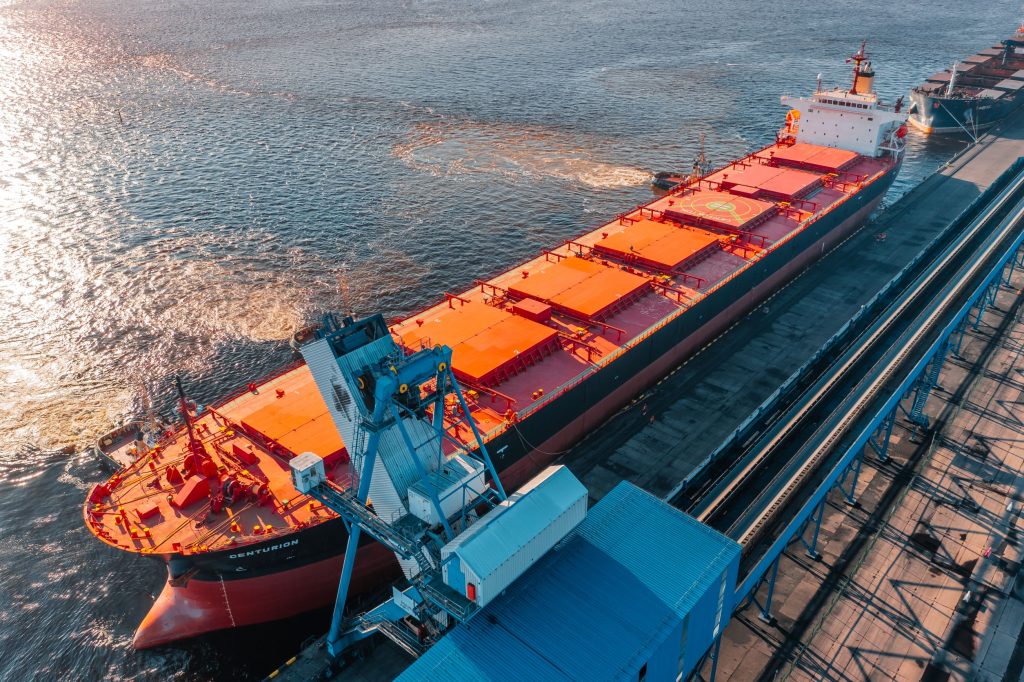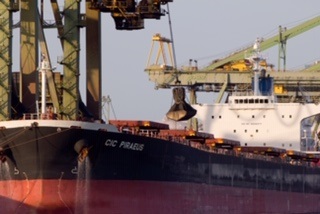

Over the past week, spot indices on the European thermal coal market showed a significant drop below 290 USD/t amid fears of a slowdown in the world economy due to the spread of COVID-19 in China and increased stocks at ARA terminals, driven by the effort of companies to increase imports before the embargo on Russian coal comes into effect. High volatility on the energy market was also caused by the refusal of Poland and Bulgaria to pay for Russian gas in rubles. As a result, Russia halted supplies to these countries. Coal stocks at ARA terminals climbed to about 5.0 mio t (+0.6 mio t w-o-w), which is the highest level since June 2021.
Prices for South African material dropped sharply to 280 USD/t following global market tensions. Pakistan, South Africa’s second largest importer after India, began to reject South African material given its high cost and decision to opt for coal from Afghanistan and Tajikistan.
Meanwhile, rail shipments to Richards Bay Coal Terminal in April decreased to 1 mio t a week vs. the norm of 1.5 mio t. Thus, due to the issues of Transnet railway operator, South Africa’s export volume in 2022 may be even worse than last year’s 25-year low and, according to preliminary data, amount to 55 mio t (-3 mio t or -5% to 2021).
In China, spot prices of 5500 NAR slumped by 13 USD/t to 178 USD/t FOB Qinhuangdao. Quotations of steam coal in the Chinese domestic market adjusted amid the statement of the authorities that China will zero import duties on coal from May 01, 2022 to March 31, 2023 to stimulate economic development. For the same purpose, China plans to increase its own coal production capacity by 300 mio tons in 2022. Pressure on the prices continue to be exerted by strict measures against the spread of COVID-19, which contributes to a reduction in electricity demand.
The Australian index strengthened above 355 USD/t on the back of a 3% drop in shipments from Australia, caused by adverse weather conditions, to 6.9 mio t, while the average weekly volume is 7.4 mio t. Prices were also supported by renewed demand from Japan and South Korea.
Indonesian 5900 GAR strengthened owing to increased demand from India, where inventories at 165 coal-fired power plants were down 4% over the past week (21.5 mio t as of April 26, 2022 vs. 22.3 mio t as of April 19, 2022), being at a 9-year low. In addition, India’s Energy Minister Singh called for more coal imports over the next 3 years, although the measure may be temporary and serve as a solution to the shortage amid rising power demand, stemming from soaring temperatures and increased industrial activity.
Growth in demand for Australian coking coal from steel mills in the EU and Asia-Pacific continues to be positively reflected in the dynamics of Australian metallurgical coal quotations, which surged above 515 USD/t. Prices were also supported by heavy rains in the state of Queensland.
Source: CAA













